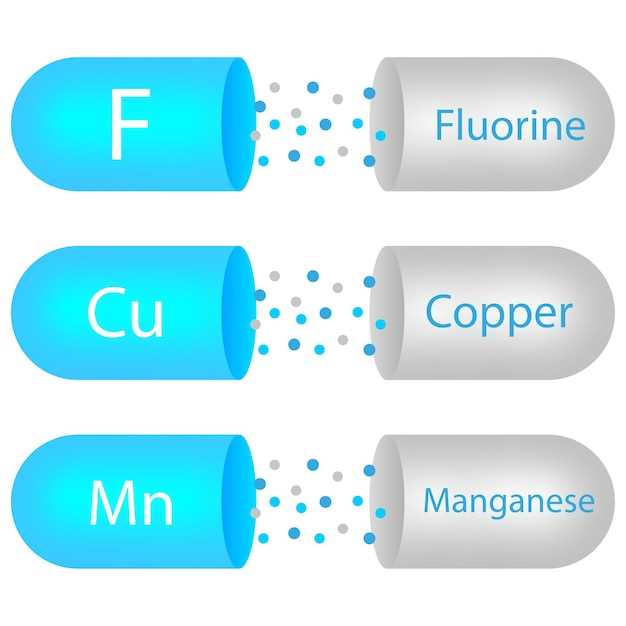
Tamsulosin and alfuzosin are both medications used to treat symptoms of enlarged prostate (benign prostatic hyperplasia, BPH). While they belong to the same class of drugs known as alpha-blockers, there are some key differences between them.
Overview of alfuzosin
Alfuzosin is a medication commonly used to treat symptoms of benign prostatic hyperplasia (BPH) in men. It belongs to a class of drugs known as alpha-1 blockers, which work by relaxing the muscles in the prostate and bladder neck, making it easier to urinate. Alfuzosin is typically taken orally in the form of an extended-release tablet, usually once daily. It is important to follow the prescribed dosage and instructions provided by a healthcare provider.
- Mechanism of action: Alfuzosin works by blocking alpha-1 adrenergic receptors in the prostate and bladder neck, leading to muscle relaxation and improved urine flow.
- Indications: Alfuzosin is indicated for the treatment of symptoms associated with benign prostatic hyperplasia, such as difficulty urinating, incomplete emptying of the bladder, and frequent urination.
- Dosage: The typical recommended dosage of alfuzosin is 10 mg once daily, taken with food. It is important not to crush, chew, or break the extended-release tablets.
- Side effects: Common side effects of alfuzosin may include dizziness, headache, fatigue, and nasal congestion. Serious side effects such as fainting, chest pain, and allergic reactions are rare but require immediate medical attention.
Overall, alfuzosin is an effective medication for managing the symptoms of BPH and improving quality of life in men with this condition. It is important to consult with a healthcare provider before starting alfuzosin to determine the appropriate dosage and ensure safe and effective treatment.
Pharmacological differences
Alfuzosin belongs to a class of medications called alpha-1 blockers. It works by relaxing the muscles in the prostate and bladder neck, making it easier to urinate. Tamsulosin, on the other hand, is also an alpha-1 blocker but has a higher selectivity for the alpha-1a receptor subtype, which is more specific to the prostate. This selectivity can result in better efficacy in relieving BPH symptoms with fewer side effects compared to alfuzosin.
Alfuzosin is primarily metabolized by the liver, while tamsulosin undergoes hepatic metabolism as well as renal excretion. This difference in metabolism can be a consideration when choosing between the two medications, especially for patients with liver or kidney conditions.
Furthermore, alfuzosin has a longer half-life compared to tamsulosin, which means it only needs to be taken once daily. Tamsulosin, on the other hand, is usually taken once daily but can sometimes be prescribed to be taken twice daily, depending on the dosage form.
In conclusion, while both alfuzosin and tamsulosin are effective in treating BPH, understanding their pharmacological differences can help healthcare providers tailor the treatment plan to individual patient needs.
Side effects comparison:
Both tamsulosin and alfuzosin are alpha-1 adrenergic blockers used to treat symptoms of benign prostatic hyperplasia (BPH) in men. While both medications are generally well-tolerated, they may cause different side effects:
-
Tamsulosin side effects:
- Dizziness
- Headache
- Runny or stuffy nose
- Back pain
- Retrograde ejaculation (reverse ejaculation into the bladder)
- Sleep problems (insomnia)
- Weakness
-
Alfuzosin side effects:
- Dizziness
- Lightheadedness
- Headache
- Stomach discomfort
- Fatigue
- Flushing (warmth or redness in the face, neck, or chest)
- Retrograde ejaculation
It’s essential to consult with a healthcare provider before starting any medication to understand the potential side effects and determine the best treatment option based on individual needs and health status.
Side effects comparison

When comparing the side effects of tamsulosin and alfuzosin, it is important to note that both medications can cause similar adverse reactions. Common side effects that may occur with tamsulosin and alfuzosin include:
| Tamsulosin | Alfuzosin |
|---|---|
| Dizziness | Dizziness |
| Headache | Headache |
| Weakness | Weakness |
| Runny or stuffy nose | Runny or stuffy nose |
| Back pain | Back pain |
It is essential to consult a healthcare provider if any of these side effects persist or worsen. Additionally, some less common but potentially serious side effects may occur with both medications, so it is crucial to report any unusual symptoms to a medical professional promptly.
Effectiveness in treating BPH

Both tamsulosin and alfuzosin are alpha-adrenergic blockers commonly used to treat benign prostatic hyperplasia (BPH), a condition that causes the prostate gland to enlarge and obstruct the urinary tract. These medications work by relaxing the muscles in the prostate and bladder neck, which helps improve urine flow and reduce symptoms such as frequent urination, urgency, and weak stream.
Tamsulosin
Tamsulosin is a selective alpha-1A adrenergic receptor blocker that is known for its effectiveness in treating BPH symptoms. It has been shown to significantly improve urinary symptoms, increase peak urine flow rate, and reduce the risk of acute urinary retention and the need for BPH-related surgery.
Alfuzosin
Alfuzosin, on the other hand, is a non-selective alpha-1 adrenergic receptor blocker that is also used to treat BPH. It has been found to be similarly effective in improving urinary symptoms and increasing urine flow rate. However, alfuzosin may be associated with a higher incidence of certain side effects, such as dizziness and orthostatic hypotension, compared to tamsulosin.
In conclusion, both tamsulosin and alfuzosin are effective in treating BPH symptoms, but tamsulosin may be preferred due to its selective alpha-1A receptor blockade and potentially lower risk of side effects.
